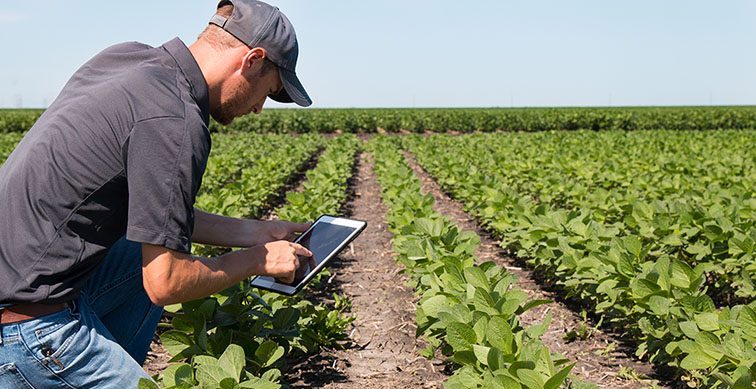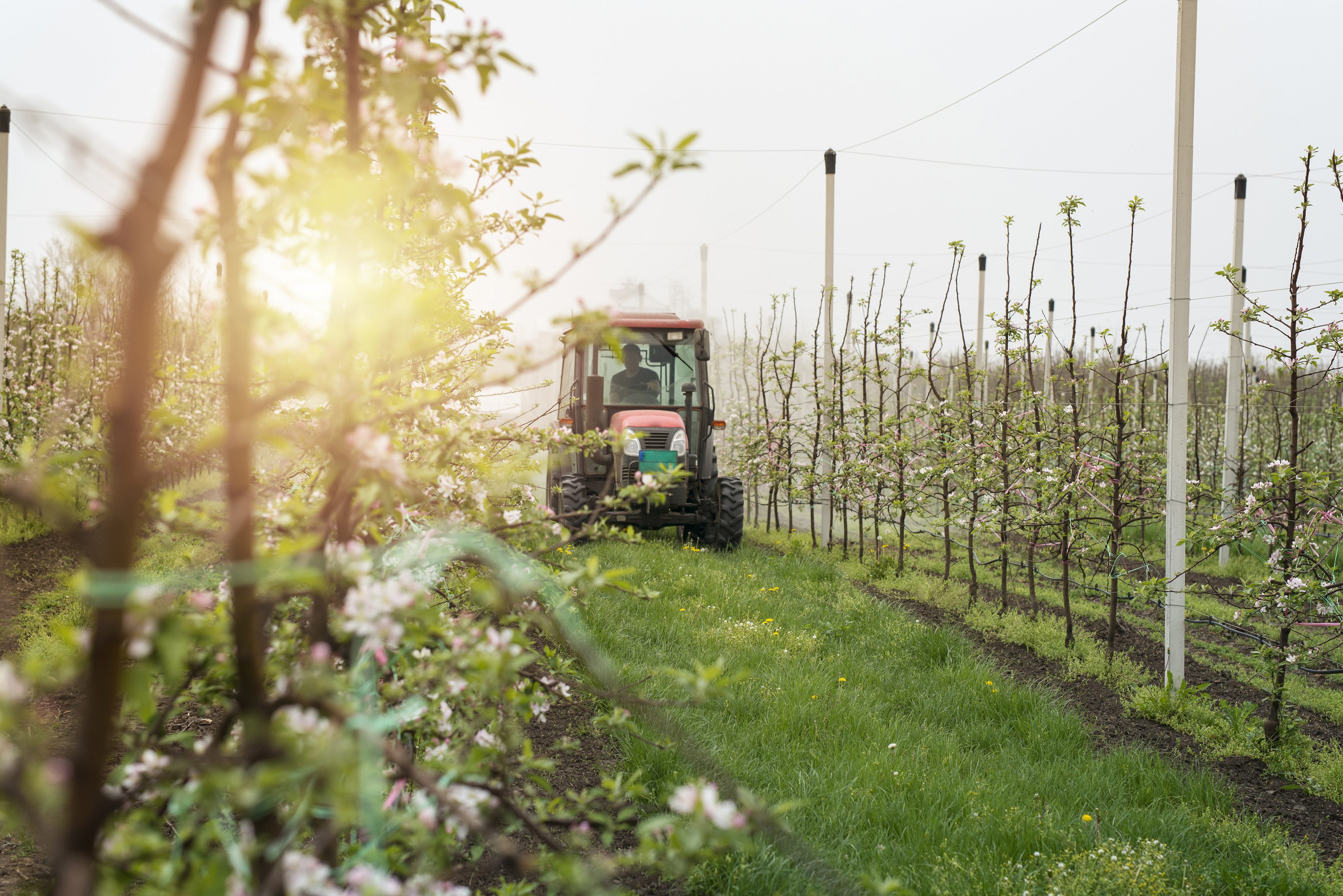DAINA LAWRENCE
When Beyond Meat Inc. BYND-Q went public in 2019, its stock surged to around US$65 a share, an almost 165 per cent rise over its initial public offering price of US$25. That was based on speculation that meat alternative products like the ones the company produces would be the wave of the future.
Although the investment rose to as high as US$196 a share a couple of months after launching, it hasn’t been quite as appetizing. Since then, Beyond Meat’s stock has fallen dramatically as consumer demand was not as predicted. The stock currently trades for around US$6 a share.

Yet, more sustainable food systems still offer opportunities to investors – and remain a priority for the sake of the planet.
The use of animals for food, as well as livestock feed, is responsible for 57 per cent of all food production emissions, according to a study published in the journal Nature Food.
Furthermore, a recent special report that Royal Bank of Canada (RBC) produced entitled, “The Next Green Revolution: How Canada can produce more food and fewer emissions,” states that this country’s agriculture and food systems sector produces 93 megatonnes of greenhouse gas (GHG) emissions annually. That’s just more than 10 per cent of our national GHG emissions.
If Canadian farmers maintain current practices and market share, as the global population grows, these emissions could rise to 137 megatonnes by 2050. That’s the same year the world is trying to achieve net-zero emissions.
“This is a critical opportunity to grow food exports across Canada and cut our national emissions,” says Mohamad Yaghi, agriculture and climate policy lead at the RBC Climate Action Institute.

** Click here to read the full-text **










